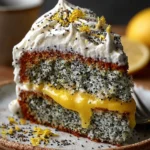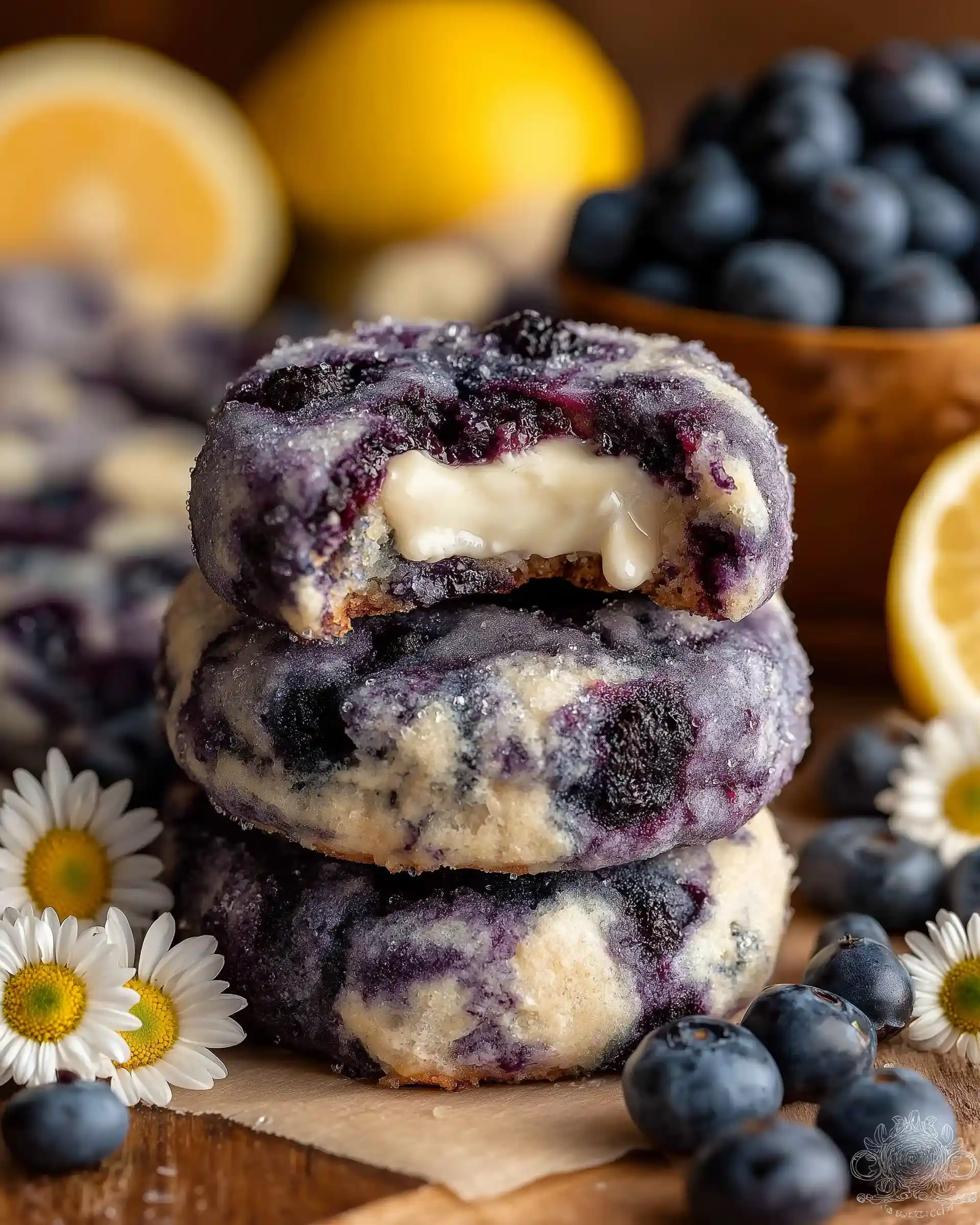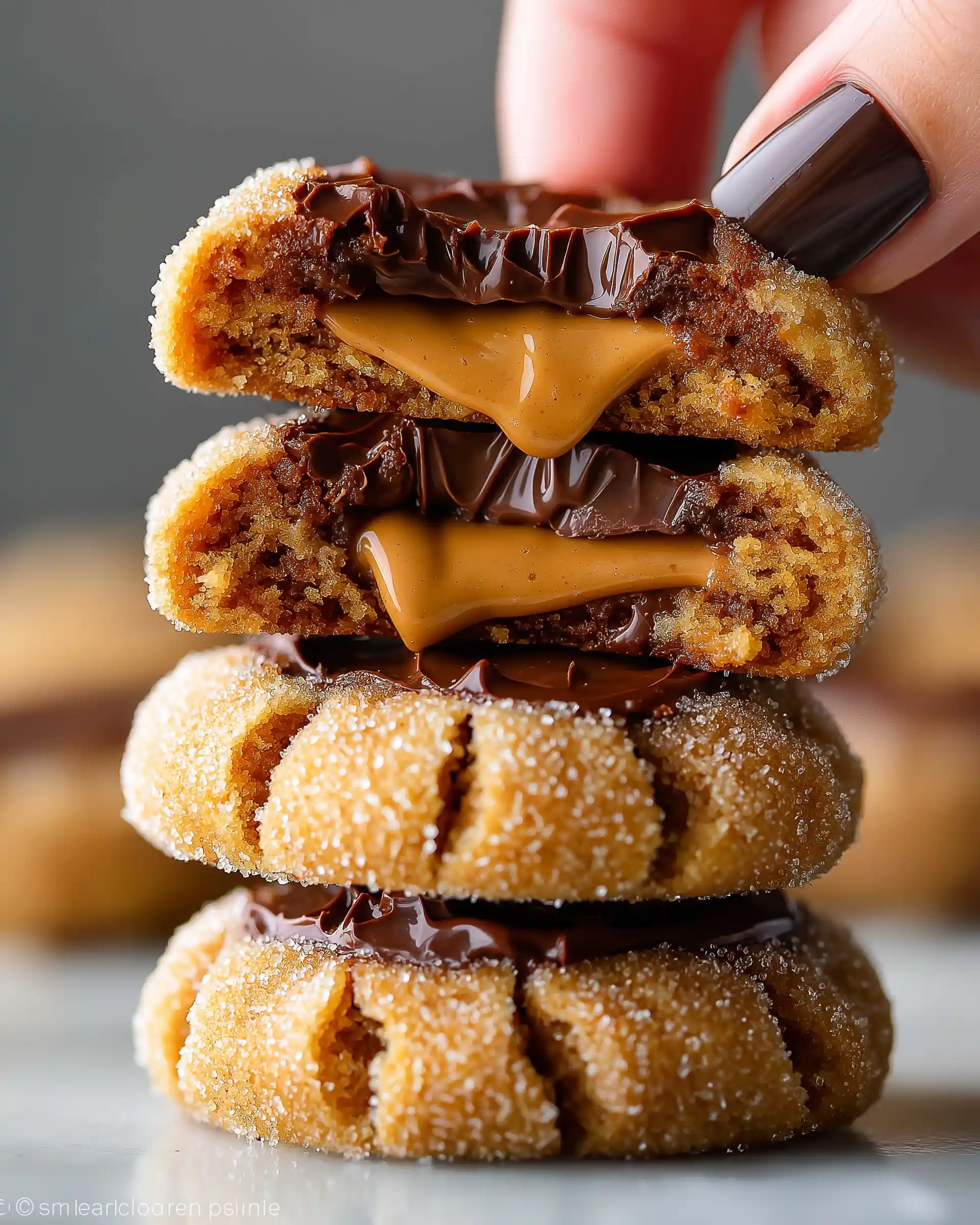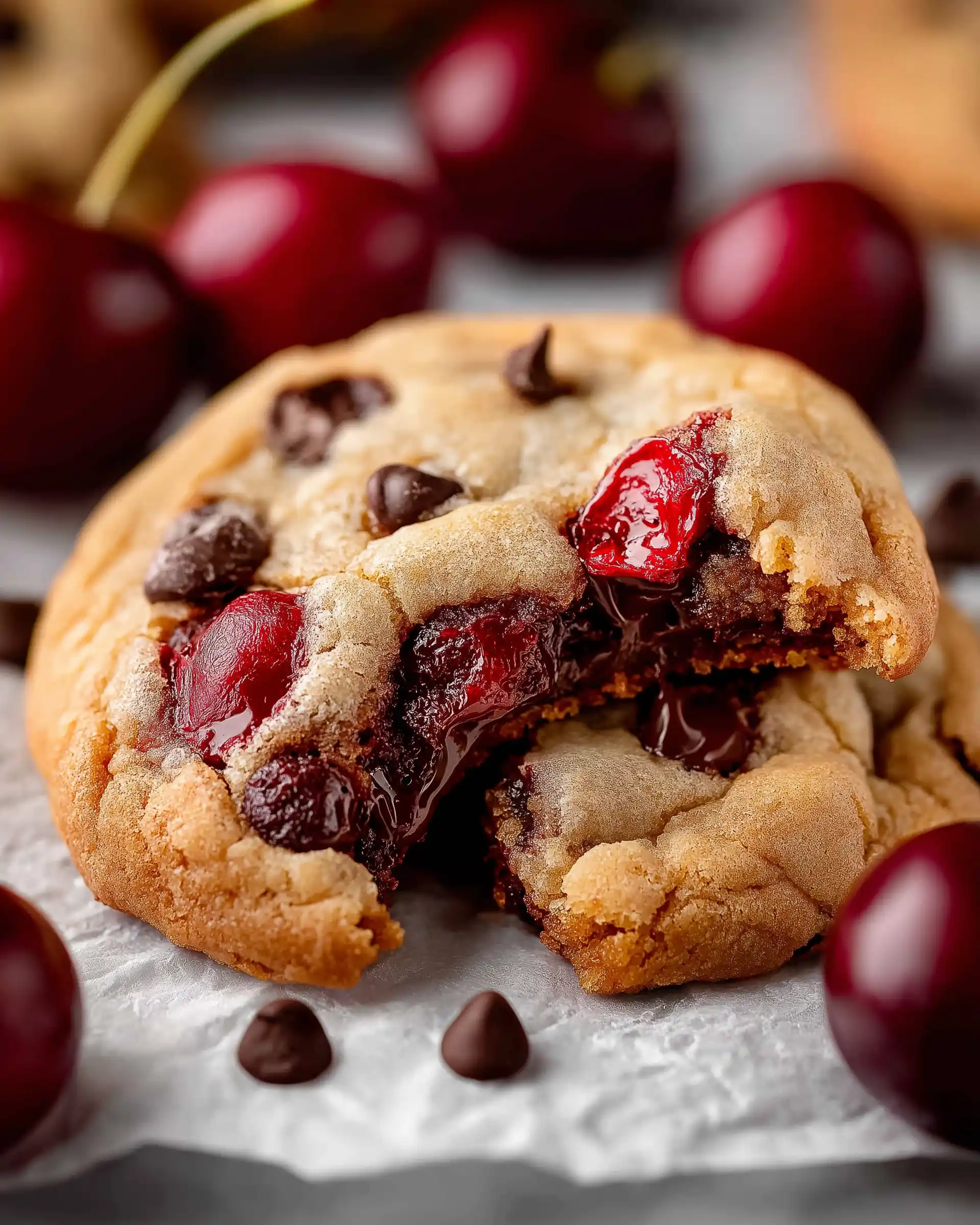Looking for a light, moist, and flavorful cake? This poppy seed cake recipe combines fresh lemon zest, soft layers, and a velvety Swiss meringue buttercream to deliver the perfect balance of tangy and sweet. Whether you’re celebrating a special occasion or just baking for fun, this Poppy Seed Cake brings impressive flavor with simple, everyday ingredients.
Contents
- 1 Why You’ll Love This Poppy Seed Cake Recipe
- 2 Essential Ingredients for a Classic Poppy Seed Cake
- 3 Perfect Poppy Seed Cake Recipe
- 4 Prepping for Success – Equipment and Techniques
- 5 How to Make the Perfect Lemon Poppy Seed Cake Batter
- 6 Baking Instructions and Tips for Even Layers
- 7 Making the Smoothest Vanilla Swiss Meringue Buttercream
- 8 Cake Assembly with Lemon Curd Filling (Optional but Irresistible)
- 9 Conclusion
Why You’ll Love This Poppy Seed Cake Recipe
A bright, tangy twist on tradition
Lemon and poppy seeds create a refreshing flavor combo. The lemon zest gives a natural citrus punch, while the poppy seeds add a delicate crunch. It’s simple, light, and satisfying with every bite.
Light, moist texture in every layer
Thanks to buttermilk, cake flour, and a mix of butter and oil, this Poppy Seed Cake stays soft and airy. Each ingredient works together to keep the crumb moist without feeling greasy. You’ll also get an even rise and fine texture—just like a bakery-style cake.
Essential Ingredients for a Classic Poppy Seed Cake
Core ingredients breakdown: What each element adds to the Poppy Seed Cake
Every component in this poppy seed cake recipe plays a specific role in creating the perfect bite. Here’s how each one contributes:
- Buttermilk (240g or 1 cup): Adds moisture and acidity, which reacts with baking powder for a tender crumb. It also helps soften the poppy seeds when warmed, enhancing their texture and flavor.
- Poppy Seeds (95g or scant ¾ cup): Provide a mild, nutty flavor and a pleasant crunch. Blooming them in warm buttermilk helps them release their oils for better taste and texture.
- Lemon Zest (from 3 lemons): Offers vibrant citrus aroma and natural tang. Rubbing it into sugar boosts the flavor intensity.
- Granulated Sugar (300g or 1½ cups): Sweetens the batter while helping to cream the fat for a light texture.
- Fine Sea Salt (½ tsp): Balances sweetness and enhances other flavors.
- Vanilla Extract or Vanilla Bean Paste (1 tsp): Adds warmth and aroma to the base of the Poppy Seed Cake.
- Butter (113g or ½ cup, softened): Provides richness and structure. When creamed with sugar, it adds air for a fluffier crumb.
- Flavorless Oil (66g or ⅓ cup): Helps the Poppy Seed Cake stay moist longer, especially after refrigeration.
- Eggs (3 large, room temperature): Bind the ingredients and add stability and richness to the Poppy Seed Cake.
- Cake Flour (260g or 2 cups): Produces a finer, softer texture compared to all-purpose flour. It’s ideal for layered cakes.
- Baking Powder (2½ tsp): The primary leavening agent, giving the cake its rise without making it dense.
Choosing the right fat: Butter vs oil vs both
Why use both butter and oil in this recipe? Butter brings depth of flavor and a creamy mouthfeel, but on its own, it can firm up once the cake cools. Oil, being liquid at room temperature, helps lock in moisture and maintain softness even after refrigeration.
Using both fats gives you the best of both worlds: richness from butter and tenderness from oil. This combination keeps your poppy seed cake moist, flavorful, and light—not greasy or dense.
Print
Perfect Poppy Seed Cake Recipe
- Total Time: 1 hour 10 minutes
- Yield: 2 eight-inch layer cakes
Description
A moist and fluffy lemon poppy seed cake layered with silky vanilla Swiss meringue buttercream. Bursting with citrus flavor and soft texture, this bakery-style dessert is perfect for any occasion.
Ingredients
For the Cake:
240g (1 cup) buttermilk
95g (scant ¾ cup) poppy seeds
Zest of 3 lemons
300g (1½ cups) granulated sugar
½ tsp fine sea salt
1 tsp vanilla extract or vanilla bean paste
113g (½ cup) unsalted butter, softened
66g (⅓ cup) flavorless oil
3 large eggs, room temperature
260g (2 cups) cake flour
2½ tsp baking powder
Lemon curd (optional, about ¼ cup)
For the Swiss Meringue Buttercream:
4 large egg whites
224g (1 cup + 2 tbsp) granulated sugar
¼ tsp cream of tartar or ½ tsp lemon juice
½ tsp sea salt
1 tsp vanilla extract
1 tsp lemon extract (optional)
336g (3 sticks) unsalted butter, softened
3 tbsp poppy seeds
Instructions
1. Preheat oven to 325°F and butter/flour two 8-inch round cake pans.
2. Warm the buttermilk with the poppy seeds over low heat and set aside.
3. Rub lemon zest into sugar in mixer bowl until fragrant.
4. Add butter, oil, salt, and vanilla. Cream until light and fluffy.
5. Add eggs one at a time, beating well between each.
6. Sift flour and baking powder. With mixer on low, alternate adding dry mix and buttermilk mixture. Mix until just combined.
7. Divide batter into pans and smooth the tops.
8. Bake for 30–35 minutes or until a tester comes out clean. Cool completely.
9. To make buttercream, whisk egg whites and sugar in heatproof bowl.
10. Place over simmering pot and whisk until sugar dissolves and mixture is warm.
11. Transfer to stand mixer, add cream of tartar, and whip to stiff peaks.
12. Add butter gradually while mixing, then vanilla, salt, lemon extract, and poppy seeds.
13. Trim cake layers if domed. Place first layer on stand and pipe a buttercream ring around edge.
14. Spread lemon curd (optional) in center. Add top cake layer, frost and smooth.
15. Decorate top with buttercream swoops or lemon zest.
Notes
Cake layers and buttercream can be made in advance.
Lemon curd is optional but adds an extra burst of flavor.
For best results, let cake rest for 30 minutes before slicing.
Store in fridge for up to 5 days or freeze layers individually.
- Prep Time: 30 minutes
- Cook Time: 40 minutes
- Category: Dessert
- Method: Baking
- Cuisine: American
Prepping for Success – Equipment and Techniques
Tools you’ll need to bake a perfect layer cake
Before you start mixing, make sure your kitchen is equipped with the right tools. Having everything ready saves time and improves your results. Here’s what you’ll need for this lemon poppy seed cake:
- Two 8-inch round metal cake pans: Metal conducts heat better and ensures even baking. Grease and flour them well for clean release.
- Stand mixer or electric hand mixer: Essential for creaming butter, whipping egg whites, and achieving the ideal batter texture.
- Rubber spatula: Helps scrape down the bowl to ensure even mixing and incorporates ingredients gently.
- Bench scraper and offset spatula: These are useful for frosting and smoothing the cake during assembly.
- Fine mesh sifter or sieve: Use it to sift cake flour and baking powder to avoid lumps and ensure even leavening.
- Cake turntable (optional but helpful): Makes frosting and decorating easier and more precise.
- Instant-read thermometer: Useful if you’re unsure whether your meringue has reached the correct temperature (about 160°F).
Preparation steps that impact the final texture
Small actions can make a big difference when baking. Here’s how to ensure your poppy seed cake turns out light and fluffy every time:
- Warm the buttermilk with poppy seeds: Let them bloom on low heat before mixing into the batter. This softens the seeds and infuses the liquid.
- Rub lemon zest into sugar: This step releases essential oils for a stronger lemon aroma without adding extra liquid.
- Use room temperature ingredients: Butter, eggs, and buttermilk should be at room temperature for better mixing and emulsification.
- Cream butter, sugar, and oil thoroughly: Whip until the mix is pale and fluffy—this introduces air for a soft crumb.
- Add eggs one at a time: This ensures they emulsify evenly without breaking the batter.
- Avoid overmixing: Once you add flour and buttermilk, mix until just combined. Overmixing can make the Poppy Seed Cake tough.
How to Make the Perfect Lemon Poppy Seed Cake Batter
Blooming poppy seeds in buttermilk: What and why
To unlock their full flavor and soften their texture, poppy seeds need to be bloomed. In this recipe, you’ll gently warm them in buttermilk. This step isn’t just for texture—it draws out their natural oils and helps distribute them evenly throughout the batter.
Warm buttermilk also blends more smoothly with the other ingredients, reducing the chance of curdling when mixed with eggs or melted fat. The acid in the buttermilk further activates the baking powder, giving your poppy seed cake a nice lift without making it airy or crumbly.
Here’s how to do it:
- Pour the buttermilk into a small saucepan.
- Stir in the poppy seeds.
- Warm gently over low heat until just heated through.
- Remove from heat and let it sit while you prep the rest of the batter.
This simple process takes just a few minutes but makes a noticeable difference in flavor and structure.
Mixing tips to avoid overbeating and achieve a soft crumb
Once your ingredients are ready, the way you mix them matters just as much as what you use. Follow these key tips to get a silky batter and a fluffy Poppy Seed Cake:
- Rub lemon zest into sugar: Before anything else, zest your lemons directly over the sugar in the mixing bowl. Rub them together with your fingers. This extracts the lemon oils, infusing the sugar with flavor.
- Cream butter, oil, vanilla, and sugar until fluffy: Use a paddle attachment and mix on medium speed for 3 to 5 minutes. The mixture should look pale and slightly fluffy. Don’t skip this step—this is where most of your air gets added.
- Add eggs one at a time: Beat well after each addition to ensure the batter stays smooth and emulsified. Scrape down the sides of the bowl between each egg.
- Alternate adding flour and buttermilk mixture: After sifting together cake flour and baking powder, add them gradually. Mix in batches—begin and end with the dry ingredients. Stir until just combined to prevent overworking the flour.
- Stop as soon as the batter comes together: Once everything is mixed in and smooth, stop the mixer. Overbeating can lead to a dense or dry Poppy Seed Cake.
Divide the batter evenly into prepared pans, smooth the tops, and you’re ready to bake.
Baking Instructions and Tips for Even Layers
Oven temperature and bake time tips
Once your batter is ready, the next step is just as important—getting the bake right. Even if your batter is perfect, the wrong oven temp or timing can dry out the cake or leave it underbaked in the middle.
Here’s how to bake it perfectly:
- Preheat your oven to 325°F (163°C): This slightly lower temperature helps the Poppy Seed Cake bake more evenly, especially for layer cakes.
- Use the middle rack: This ensures balanced heat distribution around both cake pans.
- Bake for 30–35 minutes: Start checking at the 30-minute mark. The tops should spring back when lightly touched and a toothpick or cake tester inserted in the center should come out clean.
- Don’t overbake: Overbaking can dry out the crumb. It’s better to slightly underbake than to go too far. Residual heat continues to cook the cake after it’s out of the oven.
Let the cakes cool in the pans for about 10 minutes, then gently invert them onto a wire rack to cool completely before frosting.
How to test for doneness without drying out the Poppy Seed Cake
Using a toothpick is classic, but there are a few additional tips to ensure doneness without sacrificing texture:
- Visual cues: The cake should pull away slightly from the sides of the pan, and the top should be golden with a slight dome.
- Gentle touch test: Press the top center of the cake lightly. If it springs back, it’s ready.
- Cake thermometer method: If you want extra accuracy, the internal temp should be around 200–205°F.
Avoid opening the oven door too often—every time you do, the temperature drops and the cake may sink in the middle.
If your layers dome slightly, that’s normal. You can level them with a serrated knife or cake leveler before assembling.
Making the Smoothest Vanilla Swiss Meringue Buttercream
Step-by-step buttercream guide for silky texture
Swiss meringue buttercream may sound fancy, but once you understand the method, it’s straightforward—and the silky, buttery finish is worth every minute. This recipe uses egg whites, sugar, butter, and extracts to create a stable, luscious frosting that pairs beautifully with lemon and poppy seed.
Here’s how to make it:
- Create the sugar-egg white base:
In a glass or metal mixing bowl, combine 4 egg whites and 224g (1 cup + 2 tablespoons) fine granulated sugar. Whisk until combined. - Heat the mixture gently:
Place the bowl over a saucepan of simmering water (double boiler setup). Stir constantly with a rubber spatula, making sure to scrape the sides. Once the mixture reaches about 160°F and feels smooth when rubbed between your fingers (no sugar grains), remove it from heat. - Whip the meringue:
Transfer to a stand mixer fitted with the whisk attachment. Add ¼ tsp cream of tartar (or ½ tsp lemon juice) and whip on medium-high speed until stiff, glossy peaks form. This could take 8–10 minutes. - Add butter gradually:
Switch to the paddle attachment. With the mixer on medium, add 336g (3 sticks) softened unsalted butter, one tablespoon at a time. Don’t worry if it looks curdled—it will come together. - Add flavor and finish:
Mix in 1 tsp vanilla extract, 1 tsp lemon extract (optional), and ½ tsp fine sea salt. Once the buttercream is smooth and fluffy, stir in 3 tablespoons of poppy seeds by hand.
Common buttercream mistakes and how to fix them
Even experienced bakers run into buttercream issues. Here’s how to troubleshoot:
- Buttercream looks soupy or curdled? Keep whipping. This often happens when the butter is added too quickly or is too soft. Give it a few extra minutes—patience pays off.
- Too runny to frost? Chill the bowl for 10–15 minutes, then whip again until firm.
- Tastes too buttery? Try adding a bit more vanilla or a squeeze of lemon juice to brighten it up.
Remember, Swiss meringue buttercream is stable at room temperature for hours but should be refrigerated for long-term storage. Bring it to room temperature and rewhip before using again.
Cake Assembly with Lemon Curd Filling (Optional but Irresistible)
Trimming and stacking layers evenly
Once your Poppy Seed Cake layers have cooled completely, it’s time to build your poppy seed cake. If your cakes have domed during baking, use a serrated knife or cake leveler to trim off the tops. This gives you flat, even layers that stack beautifully.
To start:
- Place one cake layer right-side up on a cake turntable or serving plate.
- Secure it with a dab of buttercream underneath to keep it from sliding.
If you’re not using lemon curd, you can move straight to frosting. But if you want an extra burst of lemon flavor, read on.
Filling techniques: Using lemon curd or just buttercream
The lemon curd is optional, but it adds a lovely tart contrast to the buttery sweetness of the frosting. You only need about 1/4 cup of curd, so a full recipe can be halved, and leftovers stored for other uses.
Here’s how to fill the cake:
- Pipe a buttercream border around the edge of the bottom cake layer. This acts like a dam to hold the curd in.
- Spoon and spread lemon curd into the center of the Poppy Seed Cake, smoothing it gently within the buttercream ring.
- Place the second cake layer face-down on top to create a smooth, flat top.
- Crumb coat the Poppy Seed Cake: Apply a thin layer of buttercream to seal in crumbs. Chill for 10–15 minutes to set.
- Frost and decorate: Spread a thicker, smooth layer of buttercream around the sides and top. Use an offset spatula and bench scraper for clean edges. Add decorative swoops or top with lemon zest or extra poppy seeds if desired.
Conclusion
Whether you’re an experienced baker or just starting out, this poppy seed cake recipe delivers every time. With layers that are light, moist, and full of citrus flavor, plus a silky Swiss meringue buttercream that feels professionally made, this Poppy Seed Cake is a beautiful centerpiece for any occasion. The combination of lemon zest and tender crumb ensures each bite is bright and satisfying. It’s easy to customize, make ahead, and store—making it as practical as it is delicious.
For More Delicious And Easy Recipes Follow Me In Facebook And Pinterest.





